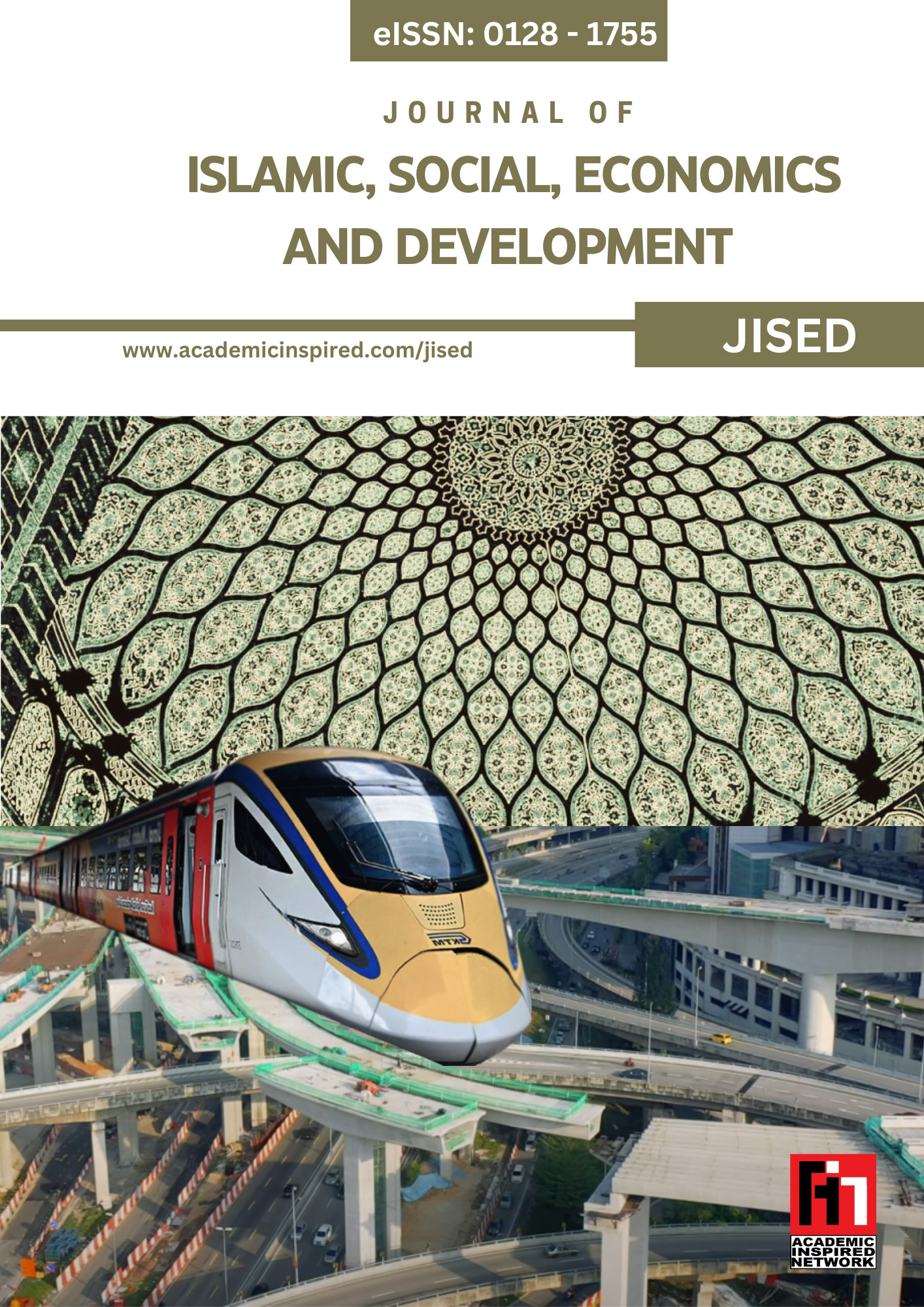Analyze the differences between voluntary and involuntary termination and their implications for employee rights and benefits
Keywords:
Termination Policies, Severance and Redundancy Benefits, Procedural JusticeAbstract
This study investigates Malaysian termination policies from legal, ethical, and organizational perspectives. Regarding the terms under the Employment Act 1955 and Industrial Relations Act 1967, terminations often generate conflicting interests between businesses and employees. Usually linked to a change in employment or retirement, voluntary terminations which often follow a legal process may cause operations to be hampered but leave less legal documentation. On the other hand, terminations are found to be forced and based on duplicity or misconduct; this naturally indicates insufficient procedural justice during the termination process as evidenced in Ng Chang Seng Seng v Technip Geoproductions. Emphasizing a deficiency in severance and redundancy benefits comparable to other nations, Malaysia's low severance payments and redundancy protection expose clear gaps in the whole support system. The study suggests policies for termination as well as manager training and career transition programs to help address the problem













